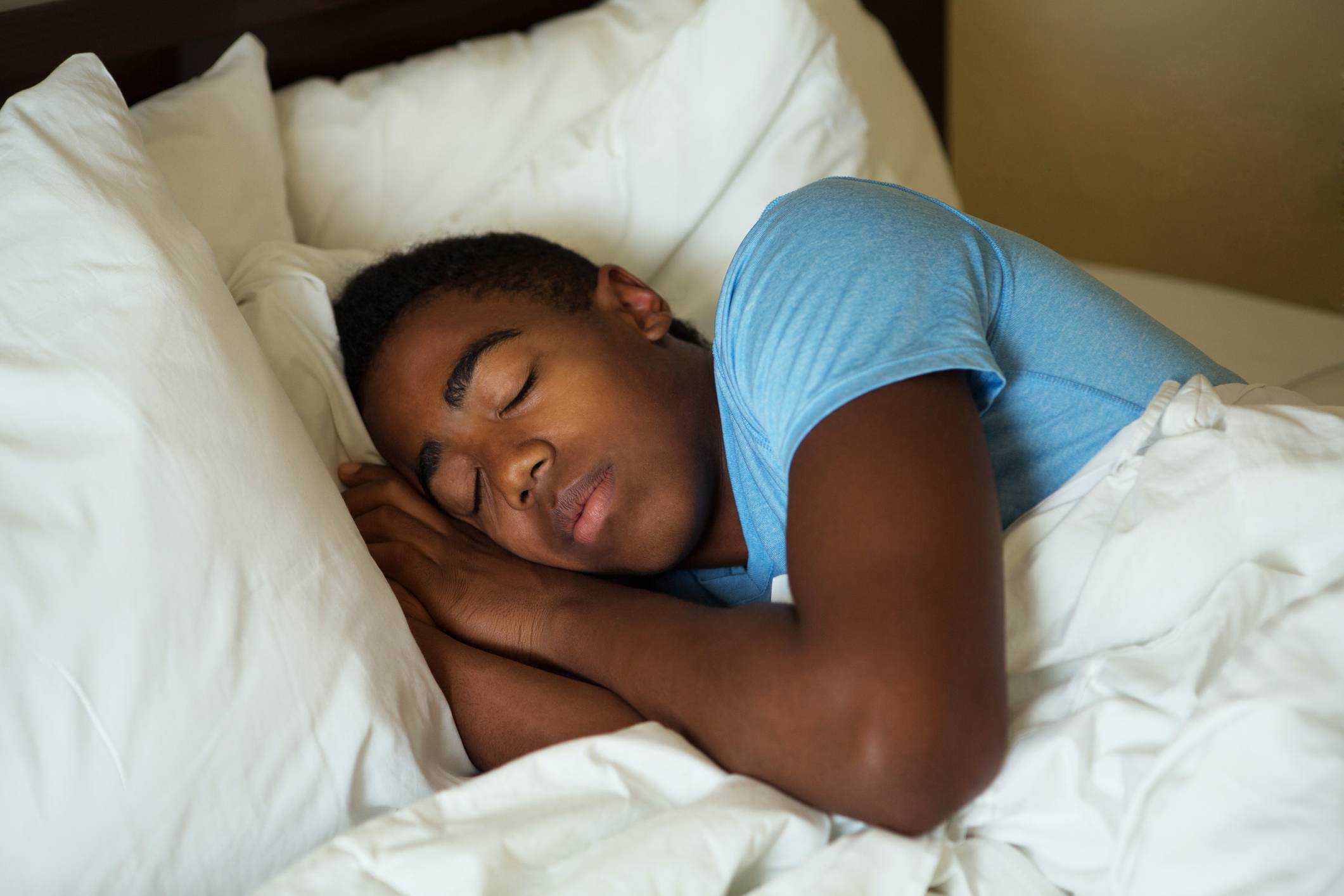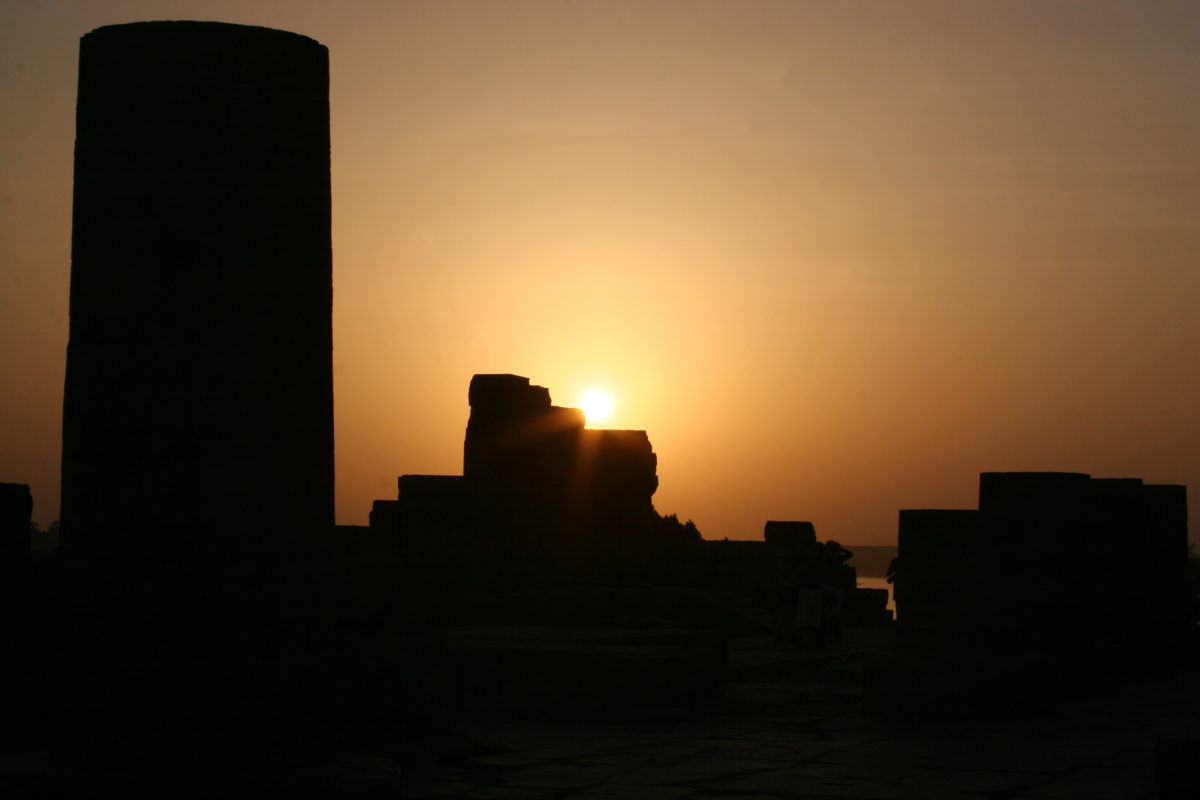[ad_1]
Press release
Wednesday July 8, 2020
Large-scale study of American teens shows associations between artificial outdoor light at night and health outcomes.
Research shows that teens who live in areas with high artificial light at night tend to sleep less and are more likely to have a mood disorder than teens who live in areas with low light at night. The research was funded by the National Institute of Mental Health (NIMH), which is part of the National Institutes of Health, and is published in JAMA Psychiatry.
“These results illustrate the importance of jointly considering exposures at both the broader environmental level and the individual level in mental health and sleep research,” says study author Diana Paksarian, Ph.D., postdoctoral researcher at NIMH.
Daily rhythms, including the circadian rhythms that drive our sleep-wake cycles, are believed to be important factors that contribute to physical and mental health. The presence of artificial light at night can disrupt these rhythms, altering the light-dark cycle that influences hormonal, cellular and other biological processes. Researchers have studied associations between indoor artificial light, daily rhythms, and mental health, but the impact of outdoor artificial light has received relatively little attention, especially among adolescents.
In this study, Paksarian, Kathleen Merikangas, Ph.D., Principal Investigator and Head of the Department of Research in Genetic Epidemiology at NIMH, and the co-authors reviewed data from a nationally representative sample of adolescents in the United States, which was collected from 2001 to 2004 as part of the National Comorbidity Survey Adolescent Supplement (NCS-A). The dataset included information on individual and neighborhood characteristics, mental health outcomes, and sleep patterns for a total of 10,123 adolescents, aged 13 to 18.
In face-to-face interviews for the NCS-A, the teens completed a validated assessment to determine whether they met diagnostic criteria for various mental disorders. The teens also answered questions about their sleep patterns, indicating what time they usually went to bed and how many hours they usually slept on weekday evenings and weekends.
To assess adolescent exposure to outdoor artificial light at night, the researchers used satellite imagery data to calculate the average artificial light levels for each cluster of census blocks in the U.S. As expected, the Artificial light levels at night varied depending on certain neighborhoods. factors such as urbanity, socio-economic levels and population density.
Importantly, teens who lived in areas with high artificial light at night tended to report later bedtime on weekdays and shorter sleep duration on weeknights. This association was maintained even after researchers took into account various factors at the individual level (such as age, sex, race / ethnicity, number of siblings, parents’ education level) and neighborhood-level factors (such as urbanity and population density at the county level). Analyzes showed that, on average, teens in the brightest areas outdoors went to bed about 29 minutes later and slept 11 minutes less than teens in the dimmer areas.
Data showed that higher levels of artificial light at night was also associated with an increased likelihood of having a mood disorder or anxiety disorder. Specifically, adolescents who lived in areas with higher levels of artificial light at night were more likely to meet diagnostic criteria for bipolar disorder or specific phobia.
According to Paksarian and his co-authors, this association is remarkable because disturbances in sleep and circadian rhythms are a well-documented feature of some mental disorders, including bipolar disorder. The study results indicate that disturbed sleep is a possible link between nighttime artificial light exposure and mental health outcomes, a link that should be tested in future prospective research.
The study results also highlight social disparities in exposure to artificial light, indicating that adolescents from minority racial / ethnic groups, from immigrant families, or from low-income families are more likely to live. in areas with exterior light at night. As exposure to artificial light disrupts daily rhythms such as sleep patterns, it could be an additional stressor for adolescents who are already at increased risk of health problems due to social disadvantage. .
Future experimental studies that examine the effects of different properties of artificial light – such as brightness and spectral composition – could help researchers determine whether lighting-focused interventions are likely to benefit sleep and mental health. teenagers.
“Although exposure to ambient light is only one of the factors in a more complex web of influences on sleep and behavior, it is likely to be an important target for prevention and health interventions. adolescents, ”says Merikangas.
Funding: MH002953
About the National Institute of Mental Health (NIMH): NIMH’s mission is to transform the understanding and treatment of mental illness through basic and clinical research, paving the way for prevention, recovery and cure. For more information, visit the NIMH website.
About the National Institutes of Health (NIH):NIH, the country’s medical research agency, comprises 27 institutes and centers and is a component of the US Department of Health and Human Services. The NIH is the principal federal agency that conducts and supports basic, clinical, and translational medical research, and studies the causes, treatments, and cures for common and rare diseases. For more information about NIH and its programs, visit www.nih.gov.
NIH… Transforming Discovery into Health®
The references
Paksarian, D., Rudolph, KE, Stapp, EK, Dunster, GP, He, J., Mennitt, D., Hattar, S., Casey, JA, James, P., Merikangas, KR (2020). Association of outdoor artificial light at night with mental disorders and sleep patterns in American adolescents. JAMA Psychiatry. doi: 10.1001 / jamapsychiatrie.2020.1935
[ad_2]




